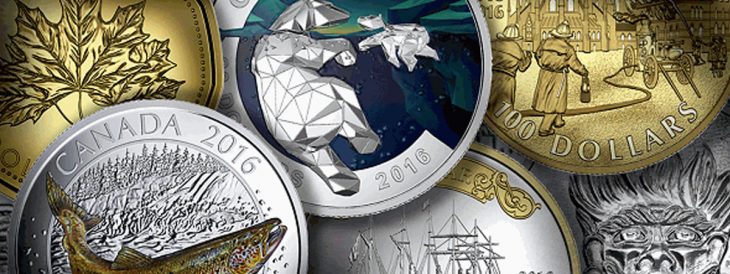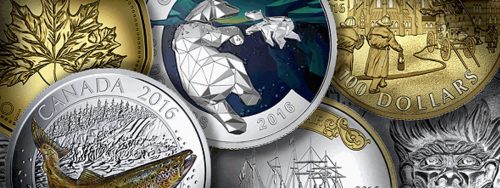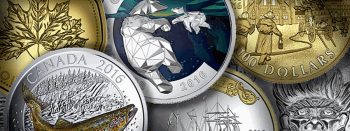Last updated on May 2nd, 2024 at 03:37 pm
Last Updated on May 2, 2024 Posted by Colonial Acres Coins
The Royal Canadian Mint is a Crown Corporation of Canada that operates under the Royal Canadian Mint act, producing all circulation of coins for the country as well as other nations. Coins were first specifically produced for Canada in 1858, but were not done so by the Royal Canadian Mint but rather the Royal Mint in London. In honour of the Canada 150 coins created by the Royal Canadian Mint for the 150th celebration of Canada’s Confederation, let’s take a look back at the history of the mint and how it came to be.
The Beginning
In 1858, the first coins were struck for the Province of Canada. For the first fifty years, the coins created for Canada were struck in London by the Royal Mint. Some coins were struck in Birmingham, England by the Heaton Mint. As Canada became its own nation, coinage needs increased and authorization was given to create the Ottawa Mint.
The facility was first proposed in 1890 and building would not begin until 1901. In January 1908, Lord Grey and Lady Grey would activate the presses of the Mint, putting in motion the operation of the Ottawa branch.
It would not be until the Great Depression that the Ottawa Mint would be able to negotiate independence from the British Mint. By 1931, the Ottawa branch was renamed the Royal Canadian Mint and reported only to the Department of Finance. The Royal Canadian Mint was only under Canadian control but relied on the Royal Mint of London to create master tools which were required to create punches and dies for coinage.
By 1979, the building in Ottawa for the Royal Canadian Mint was deemed a National Historic Site of Canada as the building used a Tudor Gothic style in architecture which created a distinct identity in the capital city.
Today, the Ottawa facility produces collector and commemorative coins as well as bullion in coin form, bars, wafers and grain, medallions and medals.
Winnipeg Facility
The Ottawa branch was not the only facility created for the production of coins in Canada. In late 1960, N.A. Parker held the position of Master of the Mint, who suggested to the Minister of Finance that a new facility was needed. The Ottawa branch had already reached capacity.
It was in 1970 that a new branch would be proposed for Winnipeg and by the very next year, the Mint would decide to create the new site in that area. The Winnipeg location officially opened by 1976 and would help the Royal Canadian Mint to produce collector coins at the Ottawa branch and the Winnipeg location would focus on the circulation of coins and foreign coins.
At Colonial Acres, we find it fascinating to read about the history of the Royal Canadian Mint, including the decision making process behind particular coins of Canada. When you collect Canadian coins, be sure to learn more about the coins history including the design and composition, as these were criteria decided upon by the Mint.




